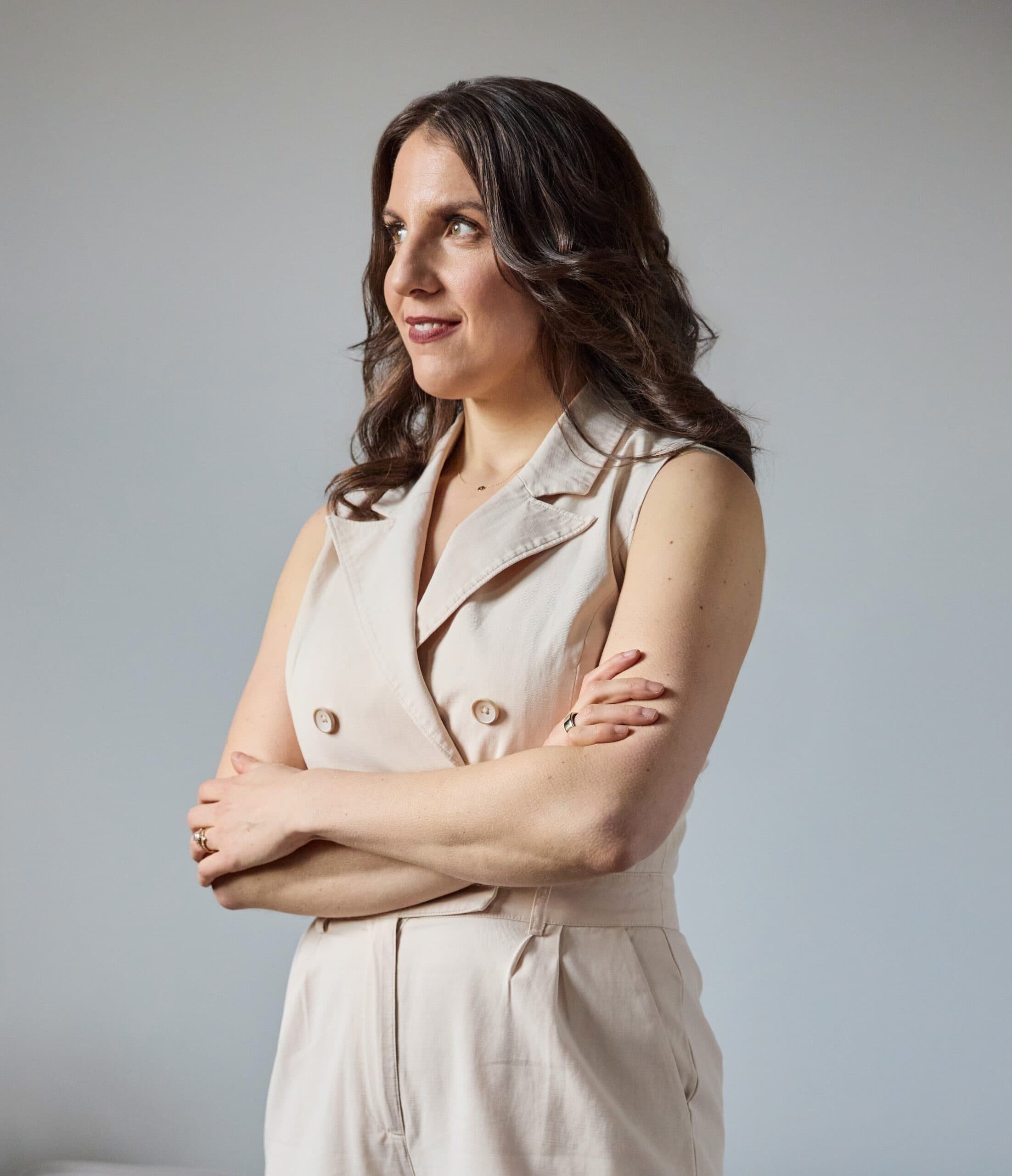You likely have a company mission statement, a short declaration of your organization’s purpose. Tesla’s mission statement, for example, is “To accelerate the world’s transition to sustainable energy.” For Google, it’s: “To organize the world’s information and make it universally accessible and useful.”
A corporate mission statement is useful because it describes a business’s reason for existence and rallies your team around a shared goal and vision. It can also inspire customers to choose your company over competitors. Consider this: U.S. consumers are over 80% more likely to have a positive image of, trust in, and be loyal to brands that lead with purpose.
While it’s clear that mission statements deliver value at the business level, it’s also crucial to use them as a tool in your day-to-day leadership and career development. A personal mission statement is much like a corporate mission statement: it’s a code of conduct that defines your convictions, what you stand for, and how to lead in a way that embodies your values.
In other words, a thoughtful, well-written personal mission statement becomes your individual definition of success — an expression of your “why.” Think of your personal mission statement like a compass that navigates you toward your deepest motivations.
Benefits of a Personal Mission Statement
A personal mission statement isn’t meant to be written once then stowed away in your desk to gather dust. Rather, it’s meant to shape your actions as an executive on a daily basis and helps you attract and retain customers and team members who are aligned with your approach to life and business. There are also a number of benefits to writing down your own personal mission statement.
Your personal mission statement helps you maintain a calm presence.
Let’s say you’re feeling drained after a prolonged period of addressing urgent business matters and triaging internal conflicts. Revisiting your personal mission statement in this scenario can help you manage your emotions and show up with greater executive presence and command. For example, perhaps you use a personal mission statement “to inspire others through teaching and mentorship” as a check-in to gain perspective and make a conscious choice to provide calm coaching to your team instead of delivering angry, frustration-fueled criticism.
Your personal mission statement improves decision-making.
Your personal mission statement provides a shortcut to help you take action more quickly and confidently. Continuing the example above, if your personal mission statement is “to serve as a leader and live a balanced life,” maybe you lift weights after work to clear your head or decompress by cooking dinner with your family. Touching base with your personal mission statement, particularly in moments of stress or tension, saves valuable mental and emotional energy. It shows you what to say no — or yes — to so that you can focus on what matters most and make more efficient, positive choices.
Your personal mission statement helps you show up authentically.
Embracing your personal mission statement is the practice of self-acceptance and requires that you be okay with fully being seen as a leader. Your mission statement gives you a barometer to assess how well you’re meeting your own definition of success — independent of earnings, board approval, or external accolades. Plus, while your business may drastically change in five or 10 years, your personal mission statement evolves with you as a leader and can give you stability amid change.
How to Create a Personal Mission Statement
It can be hard to devise a personal mission statement, especially if you’ve never thought about one before. Here are several exercises that might help inspire you:
Look inside yourself
Examine your core values or the principles that form the foundation of your personal mission statement. In my book Trust Yourself: Stop Overthinking and Channel Your Emotions for Success at Work I share a comprehensive core values assessment you can take, but as a starting point, reflect questions like:
- What gets you out of bed in the morning?
- What activities inspire your best work or feelings of satisfaction?
- What setbacks have you experienced and what have they taught you?
I have my executive coaching clients catalog their peak professional experiences. We then look for themes and patterns that signify what is most important to them.
Check your schedule
Your priorities should be a reflection of your purpose. That means you can often reverse-engineer a personal mission statement by observing how you spend your time. By paying attention to what you dedicate the most attention to — and how much it gives you energy or takes it away — you can get a concrete sense of where you make the biggest impact.
Do a DIY 360
Talking to your team, peers and mentors can be a valuable counterbalance to self-reflection. When devising their personal mission statements, I have my clients conduct an informal 360 evaluation. They send an email to three to seven colleagues soliciting feedback as to their top three skills and their number one strength. Seeing how others describe you can be powerful, eye-opening, and affirming.
Writing Your Personal Mission Statement
Now you’re ready to design your personal mission statement. Keep it concise — about one to two sentences, or under 50 words — and in the present tense. The more specific, visual, and emotional the better.
Here are a few templates to consider:
To serve in such a way that [contribution you want to make or future you want to see].
To [what you want to achieve, do or become] so that [reasons why it is important]. I will do this by [specific behaviors or actions you will use to get there].
To live each day with [choose one to three core values] so that [what living by these values will give you]. I will do this by [specific behaviors you will use to live by these values].
To bring [impact or result] to [intended audience] through [specific actions].
To use [skill or expertise] to enable [intended result] for [specific group] so that [ultimate goal].
Remember, your mission statement isn’t set in stone. Revisit it every month or quarter to make sure it feels fresh and relevant to your individual ambition and your business’s goals — and that you’re staying true to the values and ideals that are important both to you individually — and to all the stakeholders of your organization.
Would you like to learn more about channeling your emotions for success at work? Then you should order my book: Trust Yourself: Stop Overthinking and Channel Your Emotions for Success at Work!. Inside the book, you’ll find actionable strategies, templates, scripts, and more to help you turn your sensitivity into a superpower. You’ll also get access to a locked vault of worksheets and exercises to turn your discoveries into action.

© 2021 Melody Wilding // originally published on Chief Executive.




